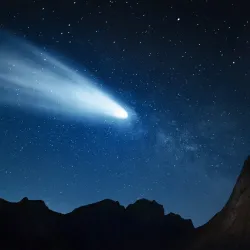
Laura Woodney, professor of physics and astronomy, shared the findings at the AAS Division for Planetary Sciences’ 52nd annual meeting on Wednesday, Oct. 28. The meeting, which is being held virtually, began Oct. 26 and runs through Oct. 30.
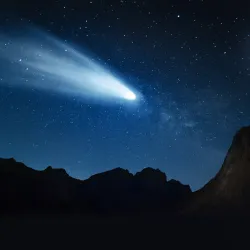
Physics and astronomy professor Laura Woodney , along with others, is advancing research that could reveal information about “Centaurs” – little-known icy bodies with the characteristics of both comets and TNOs – and lead to new discoveries about our solar system.
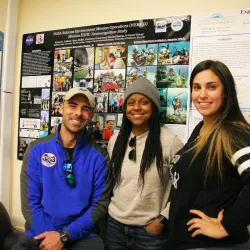
While their work revolves around the development of a mobile EEG device to monitor the brain activity of astronauts in space, like many NASA innovations, there are spinoff benefits, not just for the students, but the university as well.
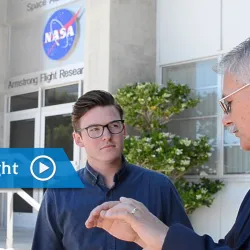
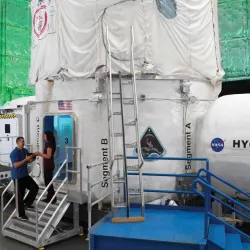
Hurricane Harvey’s damaging reach included the simulated NASA space mission in which Richard Addante, a CSUSB assistant professor of psychology, was a crew member.
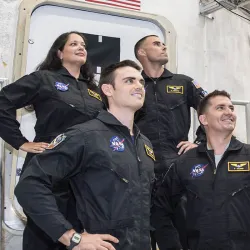
Rick Addante, assistant professor of psychology, was part of a NASA crew that simulated a space mission called HERA XIV to an asteroid this past summer, helping the agency research the effects of long-duration space flights.
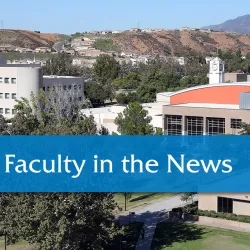
Richard Addante, an assistant professor of psychology, was interviewed about the important role of cognitive neuroscience in deep-space missions. Addante was a crewmember on HERA XIV, a simulated space mission, this past summer.
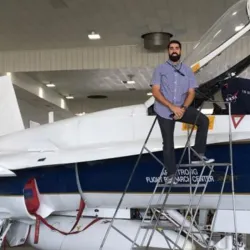
Cal State San Bernardino student and NASA intern Gabriel Almeida understands that learning new skills is the key to success. With what he’s gained while working on the Strategic Observatory For Infrared Astronomy, there’s no doubt that he’ll soar.
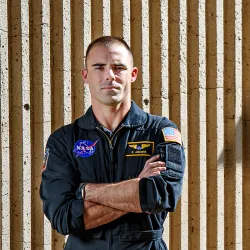
Richard Addante will present “Come Learn About NASA’s Human Exploration Research Analog Experiment,” April 19 from noon to 1:30 p.m.at the Faculty Center for Excellence in the John M. Pfau Library.